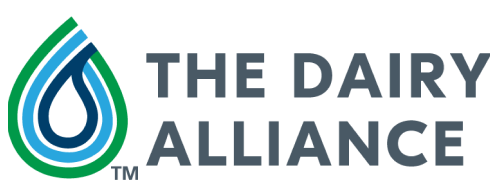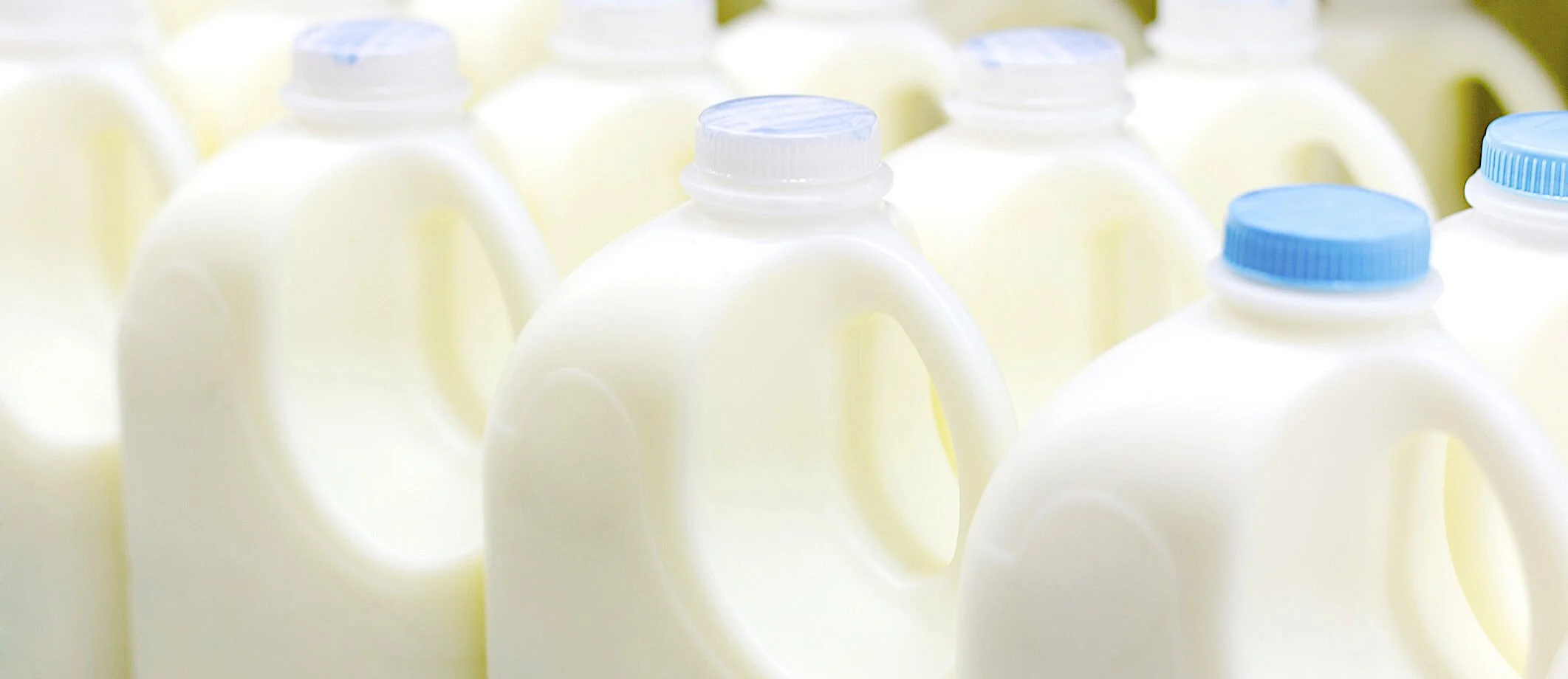What is Pasteurization?
You know the food you purchase goes through multiple safety procedures before making its way to the grocery store, but what happens in each step can be confusing. A lot goes into keeping the food you eat safe, but what happens during each process? You’ve heard of heating liquids to make it safe, but not much more. Dairy milk goes through pasteurization, an essential process to ensuring you are provided safe milk, but what is it?
Its history began over 150 years ago. In 1864, Louis Pasteur developed the heat treatment process called pasteurization while attempting to stop harmful bacteria from growing in many different foods. He discovered that placing milk under extreme heat for a short period of time kills harmful bacteria and dramatically slows the growth of future bacterial risks.
We get the term “pasteurization” from Pasteur and his discovery. The procedure commonly uses stainless-steel plates to heat cold, raw milk to 161.5°F for 15 seconds before immediately cooling the milk to its original temperature of 39°F. The heat kills bacteria responsible for diseases like typhoid fever and tuberculosis and bacteria like listeria and salmonella. While making milk safe to drink, pasteurization also increases milk’s shelf life and reduces spoilage. Today, except for milk that’s marketed as “raw” (milk that has not been pasteurized) milk, all milk in the United States is pasteurized milk to guarantee its safety.
Raw milk can harbor dangerous bacteria that pose serious health risks to those who consume it. Raw milk doesn’t go through any process to prevent harmful bacteria growth, so raw milk cannot kill dangerous pathogens. Many dairy farmers refuse to risk giving their calves raw milk because of the risk of bacteria. Pasteurization saves lives through a simple process that raw milk does not follow. Because of this lack of safety, raw milk cannot be legally sold for human conception in many states. Consuming raw milk is not recommended. The purchase of consumption of raw milk is done so at the consumer’s discretion.
Pasteurization, an established process over a century old and regulated by the USDA, is recognized as to ensuring milk’s safety. Despite this, rumors persist. Some people believe that pasteurization harms milk and that raw milk is a safe and healthier alternative. However, pasteurization does not change milk's nutritional value except for a trace amount of vitamin C that does not survive the heat treatment.
Another untrue claim is that raw milk is a good source of beneficial bacteria like probiotics. Also, raw milk is not superior in terms of lactose intolerance to pasteurized milk because pasteurizing milk does not cause lactose intolerance when drunk. Any lactose intolerance or milk allergies a person has is not created by pasteurized milk or cured by raw milk. The lactose sugar is already present in milk, as are other ingredients that likely cause sensitivity.
Now you know how pasteurization works. As part of the continued goal of providing safe, nutritious milk to consumers like you, milk is heat-treated unless otherwise labeled. When shopping for a gallon of milk, remember that pasteurization does not reduce the health benefits of milk. Instead, by killing bacteria that can cause illness, it makes milk an even safer product.






